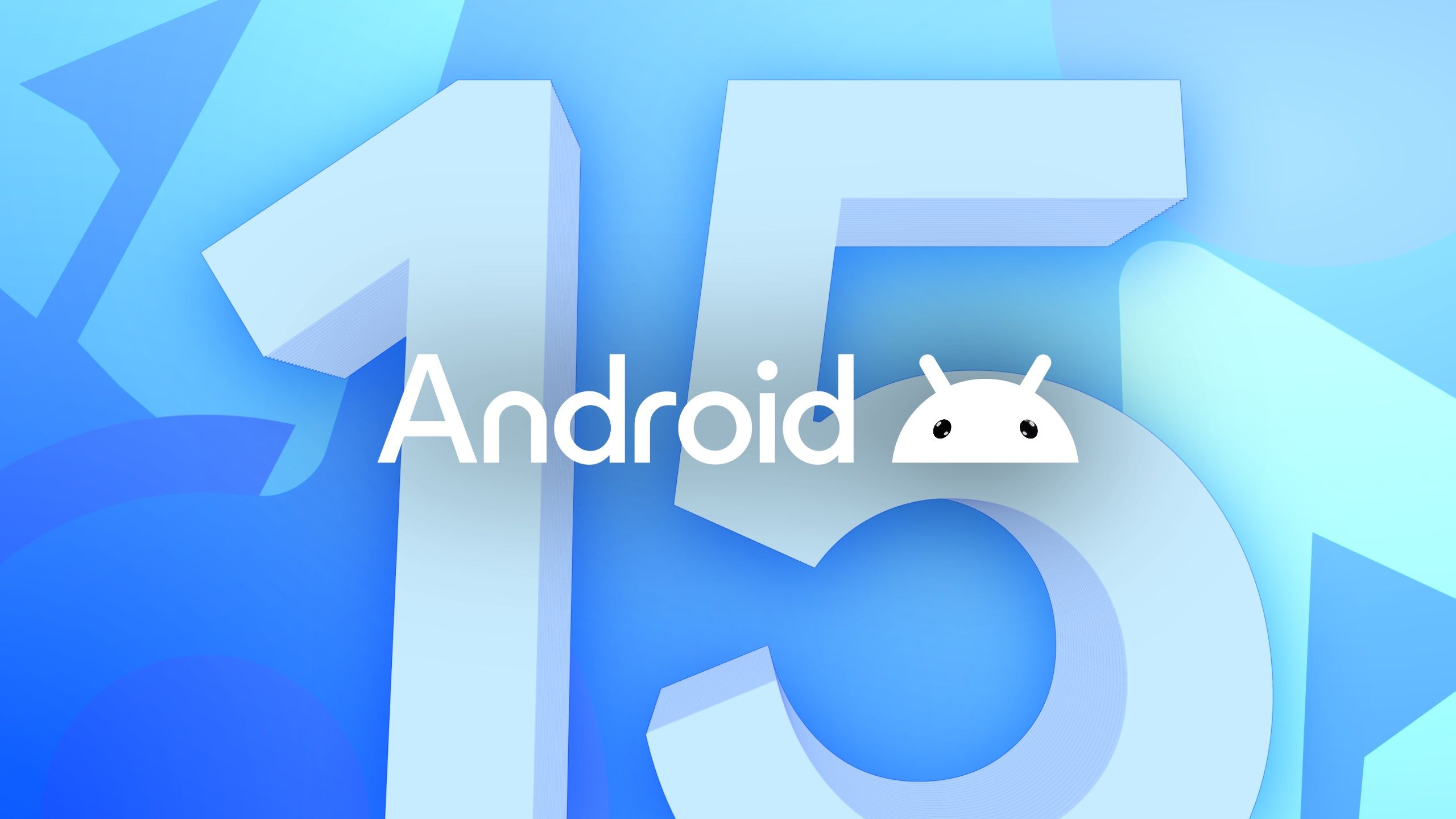The highly anticipated Android 15 update has introduced an unexpected and disruptive bug affecting the device’s swipe-back gesture functionality. This issue, which has rapidly gained attention across tech forums and social media platforms, threatens to tarnish what was supposed to be a groundbreaking update for Google’s flagship smartphone.
The swipe-back gesture, a cornerstone of modern smartphone navigation, allows users to quickly return to previous screens or apps by swiping from the edge of the display. However, Pixel 8 Pro users who have updated to Android 15 are reporting inconsistent behavior, with the gesture failing to register or, in some cases, triggering unintended actions.
Sarah Chen, a UX designer and Pixel 8 Pro user, describes her experience: “It’s like my phone has a mind of its own. Sometimes the swipe-back works flawlessly, and other times it’s completely unresponsive. It’s incredibly frustrating, especially when you’re trying to navigate quickly between apps.”
Key issues reported by users include:
1. Inconsistent gesture recognition
2. Accidental app switches when attempting to go back
3. Delayed response times, disrupting the fluid navigation experience
4. Complete failure of the gesture in certain apps
While initially thought to be an isolated issue, reports from various regions suggest that the bug is widespread among Pixel 8 Pro devices running Android 15. Google’s support forums and Reddit communities dedicated to Pixel devices have seen a surge in posts related to this issue.
Data from a community-driven survey indicates that approximately 68% of Pixel 8 Pro users who have updated to Android 15 are experiencing some form of disruption with the swipe-back gesture. The problem appears to be more prevalent in certain regions, with users in North America and Europe reporting higher incidence rates.
While Google has yet to provide an official explanation for the bug, tech experts and Android developers have been quick to speculate on its potential causes.
Dr. Michael Wong, an Android system architect, offers his insight: “Based on the reported behavior, it seems the bug might be related to how Android 15 handles touch input processing or gesture recognition. It’s possible that changes made to improve performance or add new features inadvertently affected the swipe-back gesture’s reliability.”

Some theories circulating in the developer community include:
1. Conflicts with new AI-driven gesture prediction algorithms introduced in Android 15
2. Optimization issues specific to the Pixel 8 Pro’s hardware
3. Unintended interactions with other new features or system-level changes in Android 15
The implications of this bug extend beyond mere inconvenience. For many users, the swipe-back gesture has become an integral part of their smartphone interaction, deeply ingrained in muscle memory.
James Thompson, a productivity consultant, explains the broader impact: “These gestures are designed to make navigation seamless and intuitive. When they fail, it’s not just annoying – it can significantly impact productivity. Users find themselves second-guessing their actions, which adds cognitive load and slows down task completion.”
Reports from affected users highlight various scenarios where the bug has caused issues:
– Difficulty navigating complex app hierarchies
– Increased time spent on simple tasks due to navigation errors
– Frustration leading to decreased overall phone usage
– Concerns about accidentally sharing or posting content when gestures misfire
As pressure mounts from the user community, Google has acknowledged the issue and stated that its engineering teams are working on a fix. A spokesperson for Google provided the following statement:
“We are aware of the reports regarding the swipe-back gesture issue on some Pixel 8 Pro devices running Android 15. Our team is actively investigating the problem and working on a solution. We appreciate our users’ patience and will provide an update as soon as we have more information.”
However, the lack of a specific timeline for a fix has left many users feeling frustrated and questioning the rigorous testing process that should have caught such a significant bug before the public release.
In the absence of an official fix, the Pixel user community has rallied to share workarounds and temporary solutions. Some of the most popular suggestions include:
1. Adjusting gesture sensitivity in the settings (although this has had mixed results)
2. Using third-party gesture navigation apps as a temporary replacement
3. Reverting to the three-button navigation system
4. Performing a factory reset (an extreme measure that has worked for some users)
Tech enthusiast and popular YouTuber, Emily Tech, has been documenting various workarounds: “While none of these solutions are perfect, they can help alleviate some of the frustration until Google releases an official fix. It’s amazing to see the community come together to help each other out in situations like this.”
This incident raises questions about Google’s quality assurance processes and the challenges of maintaining software quality across an increasingly diverse ecosystem of devices.
Industry analyst Mark Stevens comments on the situation: “This bug, affecting Google’s own flagship device, highlights the complexities involved in Android development. It’s a wake-up call for Google to reevaluate its testing procedures, especially for core functionality that impacts user experience across the entire system.”
The bug also puts a spotlight on the delicate balance between innovation and stability in software development. As Android continues to evolve with more AI-driven features and optimizations, ensuring compatibility and performance across different hardware configurations becomes increasingly challenging.
The swipe-back gesture bug has the potential to impact user trust and brand perception, especially coming on the heels of other reported issues with the Pixel 8 Pro, such as overheating concerns.
Brand strategist Lisa Chen weighs in: “For a premium device like the Pixel 8 Pro, users expect a flawless experience. Issues like this can erode trust and potentially impact future purchasing decisions. Google needs to not only fix the bug quickly but also communicate transparently throughout the process to maintain user confidence.”
As Google works on a fix, the tech community is watching closely. The speed and effectiveness of Google’s response will be crucial in mitigating the impact of this issue on user satisfaction and brand loyalty.
Key factors to watch in the coming days and weeks include:
1. The timeline for an official patch release
2. Transparency in Google’s communication about the cause of the bug and steps taken to prevent similar issues in the future
3. Any potential changes to Google’s software development and testing processes
4. The long-term impact on Pixel 8 Pro sales and user satisfaction metrics
This incident serves as a reminder of the challenges faced by smartphone manufacturers and operating system developers in maintaining software quality while pushing the boundaries of innovation.
Tech industry consultant Dr. Sarah Jameson reflects on the broader implications: “What we’re seeing with the Pixel 8 Pro gesture bug is a microcosm of the challenges facing the entire smartphone industry. As devices become more complex and feature-rich, ensuring a seamless user experience becomes increasingly difficult. This incident should prompt not just Google, but all manufacturers to reassess their approach to software development and quality assurance.”
The swipe-back gesture bug on the Pixel 8 Pro represents a significant, albeit hopefully temporary, setback for what was meant to be a landmark release of Android. While the issue has undoubtedly caused frustration among users, it also highlights the resilience and resourcefulness of the Android community in finding workarounds and supporting each other.
As Google races to provide a fix, the incident serves as a valuable lesson in the importance of thorough testing, especially for fundamental user interface elements. It also underscores the delicate balance between pushing the boundaries of innovation and maintaining the stability and reliability that users expect from a flagship device.
The coming weeks will be crucial for Google as it works to resolve this issue and restore user confidence. How the company handles this challenge could have lasting implications for the Pixel brand and potentially influence the broader Android ecosystem’s approach to software updates and quality control.
For now, Pixel 8 Pro users find themselves in the unusual position of hoping that a simple swipe back to the previous screen will soon return to being the seamless, forgettable action it was always meant to be – a small but crucial element in the complex tapestry of modern smartphone interaction.















Add Comment